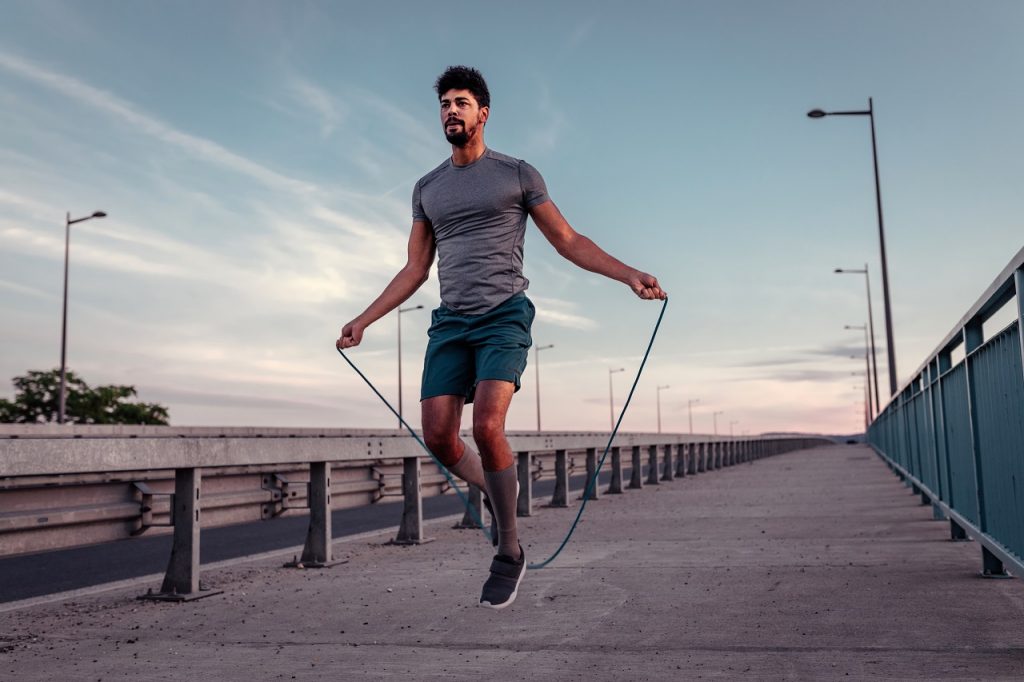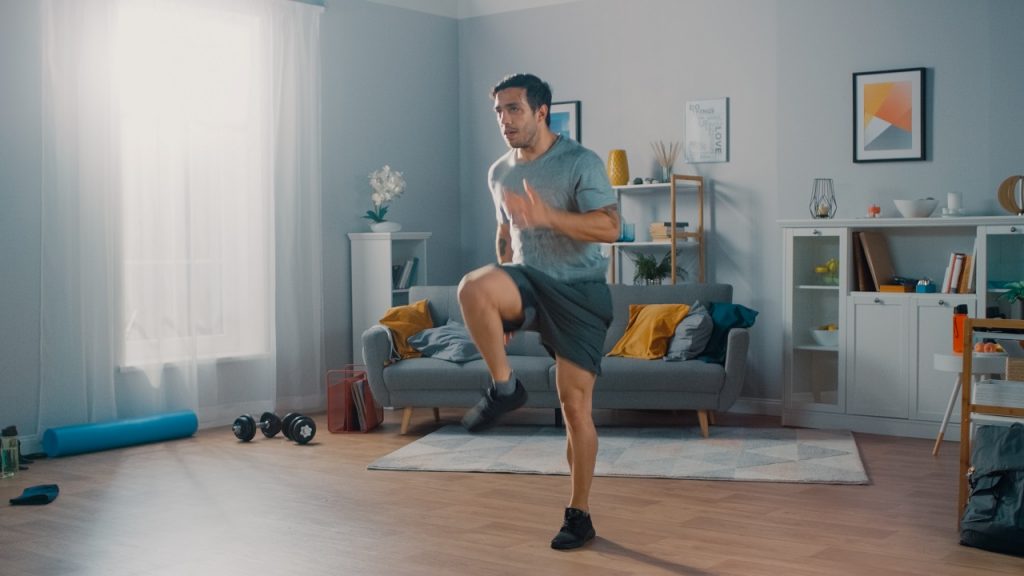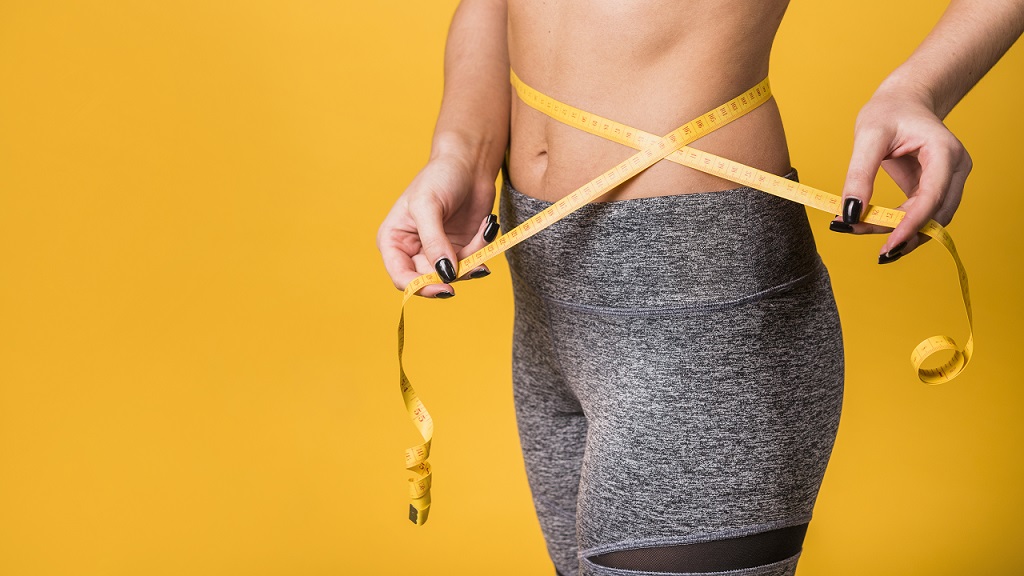 Do you remember skipping during childhood and competing with friends to find out who could skip the fastest? Those memories of my childhood always bring a smile to my face. I used to enjoy skipping a lot! There were several games we used to play with the skipping rope and it was one of the cheapest games that one could purchase. The best part about a skipping rope, even today, is that people of all ages can use it.
Do you remember skipping during childhood and competing with friends to find out who could skip the fastest? Those memories of my childhood always bring a smile to my face. I used to enjoy skipping a lot! There were several games we used to play with the skipping rope and it was one of the cheapest games that one could purchase. The best part about a skipping rope, even today, is that people of all ages can use it.
Benefits Of Using A Skipping Rope
I did not realize the benefits of using a skipping rope till I became a coach. It is not just used for playing as we did during childhood but it’s a fantastic workout tool. If you don’t find the time to go to a gym or workout, you can try skipping for 15 minutes and that’ll be enough to burn off a decent amount of calories.
Apart from burning calories, it can help you improve your footwork, speed, coordination, stamina, agility and it also strengthens your leg, abdominal, back, chest, arm and shoulder muscles.
How To Jump Rope?
- Beginners should jump twice between each rotation of the rope. The basic aim here is to get your abdominal and calf muscles into shape. While skipping, you have to be careful that your arms do not move. You should rotate the rope with the circular movements of your wrists.
- You should not jump very high. Jump 1 to 2 inches off the floor, giving rope just enough space to slip under your feet – only the balls of feet should touch the floor.
- Keep your elbows close to your sides as you rotate the rope. The movement comes from the wrists and forearms and not the shoulders.
- If you tire out before you finish the workout, drop the rope, but keep arms and legs going.
- To find a rope that fits, place one foot in the center of the rope and lift the handles – they shouldn’t go past your armpits.
How To Select A Skipping Rope?
Popular ropes include the speed rope, the digital rope and weighted rope. (Whatever you get, make sure the length is correct. The way to measure it is to stand in the middle of the rope, & the handles should come up to your waist, lower ribs – if it reaches your shoulders it’s too long.)
- Speed Rope: It is lightweight and great for speed. Mostly used by elite athletes to develop footwork, coordination and conditioning. For example, boxers use a speed rope during their general strength and conditioning workouts.
- The digital rope: A digital jump rope will count the number of jumps you have made. It will also keep track of the number of calories you burn during each jump rope training session. Some will also keep track of the length of the workout. For more features, you can check out the GOQii Smart Skip.
- Weighted jump rope: It has weighted handles. The idea behind this rope is that the extra weight on the handles provides an extra workout for the upper body like wrist, forearm and triceps strength.
- Leather Jump Rope: A good-quality leather jump rope is a great choice for serious workouts. These ropes either have plastic or wooden handles, and a strip of leather for the rope. Compared to the cloth jump rope, a leather jump rope turns much faster, providing a serious cardio workout. Professional boxers have used leather jump ropes for years when training.
- Beaded Jump Rope: It consists of plastic beads strung on a thin piece of nylon cord. Like cloth ropes, beaded jump ropes are very economical. These ropes are fun for a while, but are not recommended for intense jump rope exercising.
To know the appropriate rope length as per your height, please check the following chart:
| Your Height | Jump Rope Length |
| Up to 4’6″ | 6 foot |
| 4’7″ to 5’6″ | 7 foot |
| 5’6″ to 6’ | 8 foot |
| Over 6’ | 10 foot |
Kids Jump Rope: The jump ropes for children need to be shorter than adult ropes. It is the best to start with a beaded rope, because they don’t tangle as easily. Make sure that the rope is not too short, or it will lead to too many errors and the child may get discouraged.
Skipping Routine To Help You Knock Off Belly Fat
- Warm up for 5 minutes by skipping at slow to medium speed
- Take rest for one minute
- Skip for 1 minute as fast as you can
- Take rest for 20 seconds
- Again skip for one minute as fast as you can
- Then again take a rest for 20 seconds, and repeat again for 10 minutes.
Reason behind of this type of skipping is that it enables you to improve your cardiovascular as well as muscular endurance and it will help you to burn more calories.
If you want to track your skipping rope workout, get the GOQii Smart Skip that comes with a high performance intelligent skip counter as well as 3 skipping modes:
- Free Mode: Skip freely for normal cardio workouts as per your level
- Time Trial Mode: Challenge yourself against the clock by setting a time based skip target.
- No. of Skips Mode: Set a minimum number of skips as a target for you to beat.
Apart from this, it can also help you track the calories burned, skipping speed, monitor heart rate, fat burn and more. You can get the GOQii Smart Skip, here.
We hope this article helps you. For more on fitness and workouts, check out Healthy Reads or consult a GOQii Coach by subscribing to Personalised Health Coaching here.
Get Active and #BeTheForce





